

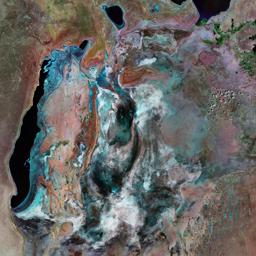
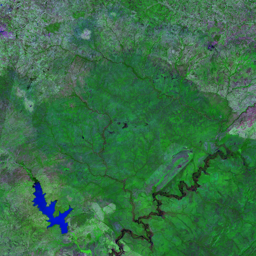



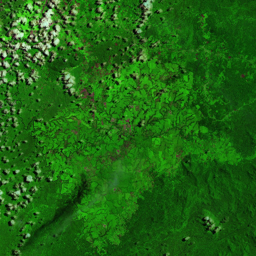

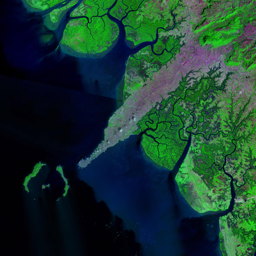
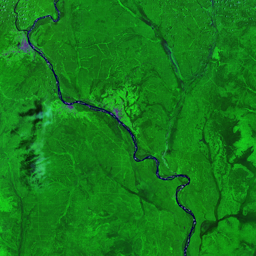
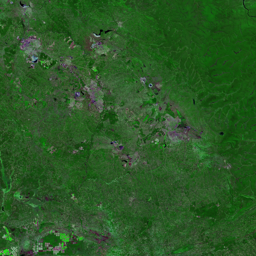
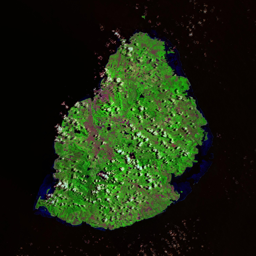
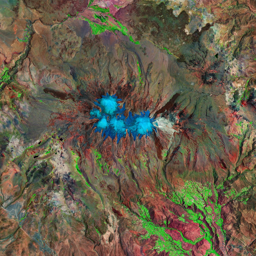
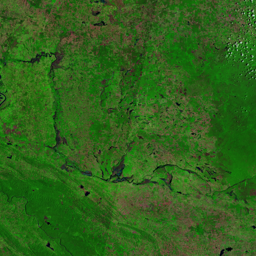
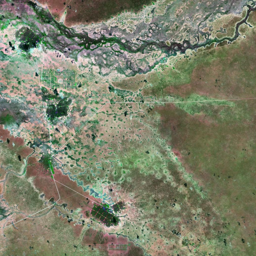

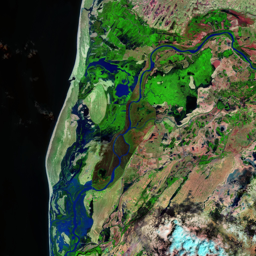


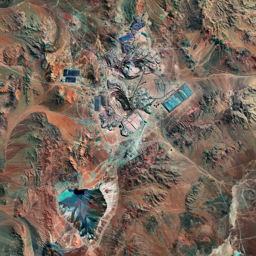
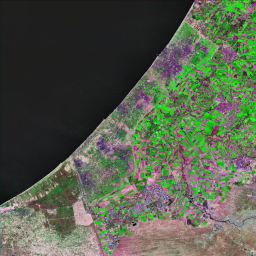






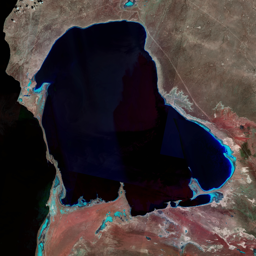
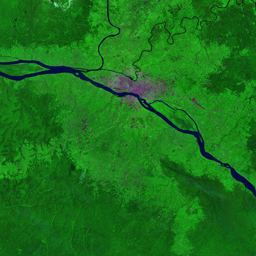


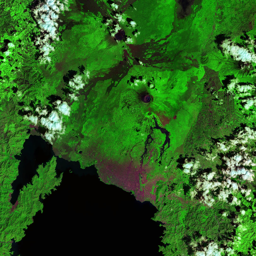

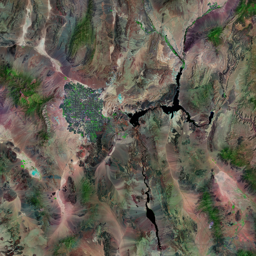
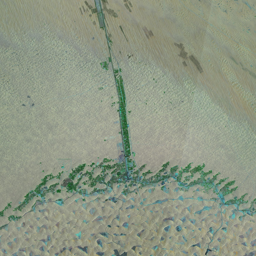
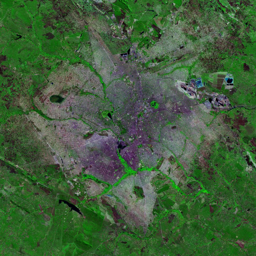



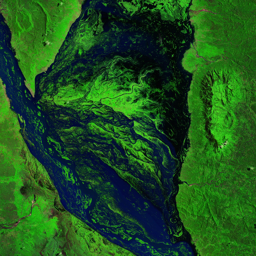







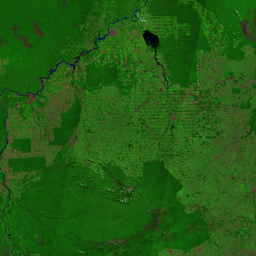
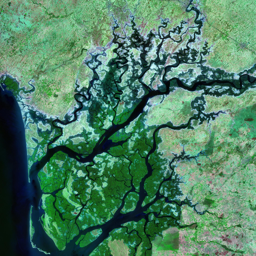

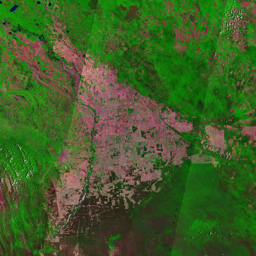
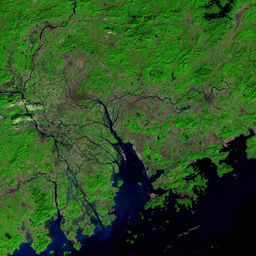

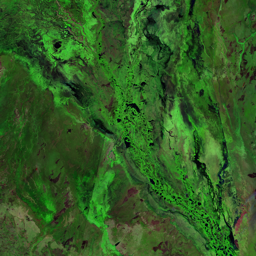

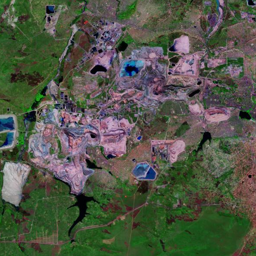
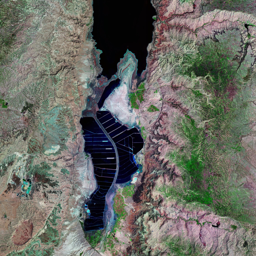

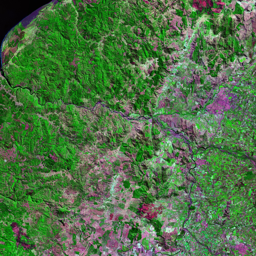


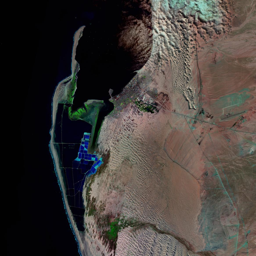

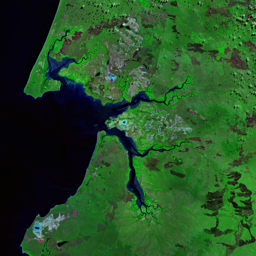
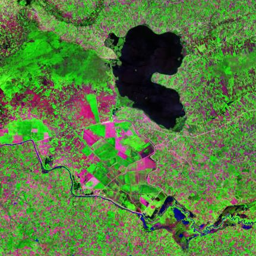
The mangrove forests of the Saloum-Sine Delta sprawl across roughly 65,000 hectares of the coast of southeastern Senegal. They are made up of a variety of salt tolerant species, from shorter trees forming low canopies to some of the tallest mangrove trees in the world growing up to 40 meters. These forests play an important role in the natural environment and in the lives of local residents, providing important habitat for deer, antelope, hyenas, monkey and other species. They are especially crucial to migrating birds. In addition they also serve as nursery areas for important fish species and shelter for oyster colonies utilized by local communities. Parc National du Delta du Saloum provides protection to 76,000 hectares of the forests and surrounding areas and 180,000 hectares of the delta are designated as a UNESCO Biosphere Reserve. Nevertheless, since the late 1960s it has been recognized that these forests are dying. They have declined in both area and density by roughly 25 percent since the early 1970s. This is generally attributed to a decline in rainfall over past decades and over-exploitation of water reserves which have changed the mix of salt and fresh water in the estuary making it too saline for many trees. In addition, exploitation of the forests for firewood and lumber and to facilitate oyster harvesting is occurring at an unsustainable rate. While there are large areas under protection and reforestation projects, much of the fate of these mangroves will depend on adequate freshwater flow to reduce the salinity to levels that favor the mangroves. A continued long term trend of decreasing rainfall would present an enormous challenge to restoration efforts.
Use shift + scroll to zoom the map
Use shift + scroll to zoom the map